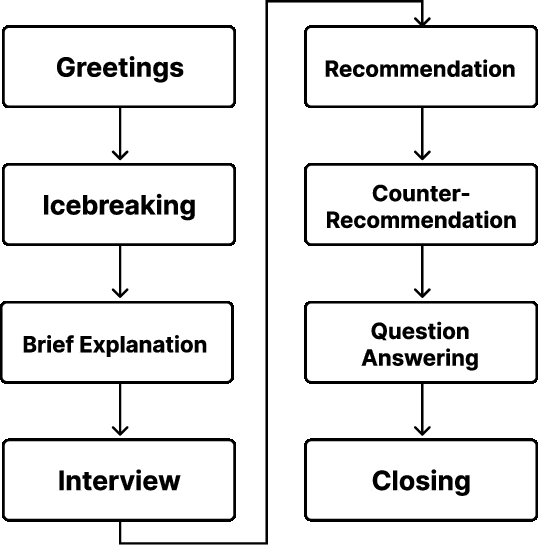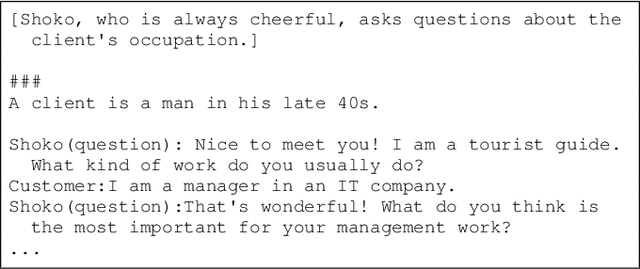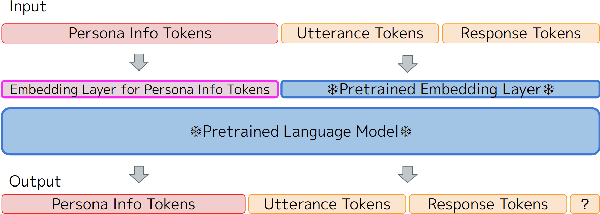Toshinori Sato
PHALM: Building a Knowledge Graph from Scratch by Prompting Humans and a Language Model
Oct 11, 2023



Abstract:Despite the remarkable progress in natural language understanding with pretrained Transformers, neural language models often do not handle commonsense knowledge well. Toward commonsense-aware models, there have been attempts to obtain knowledge, ranging from automatic acquisition to crowdsourcing. However, it is difficult to obtain a high-quality knowledge base at a low cost, especially from scratch. In this paper, we propose PHALM, a method of building a knowledge graph from scratch, by prompting both crowdworkers and a large language model (LLM). We used this method to build a Japanese event knowledge graph and trained Japanese commonsense generation models. Experimental results revealed the acceptability of the built graph and inferences generated by the trained models. We also report the difference in prompting humans and an LLM. Our code, data, and models are available at github.com/nlp-waseda/comet-atomic-ja.
Dialogue Systems Can Generate Appropriate Responses without the Use of Question Marks? -- Investigation of the Effects of Question Marks on Dialogue Systems
Aug 07, 2023



Abstract:When individuals engage in spoken discourse, various phenomena can be observed that differ from those that are apparent in text-based conversation. While written communication commonly uses a question mark to denote a query, in spoken discourse, queries are frequently indicated by a rising intonation at the end of a sentence. However, numerous speech recognition engines do not append a question mark to recognized queries, presenting a challenge when creating a spoken dialogue system. Specifically, the absence of a question mark at the end of a sentence can impede the generation of appropriate responses to queries in spoken dialogue systems. Hence, we investigate the impact of question marks on dialogue systems, with the results showing that they have a significant impact. Moreover, we analyze specific examples in an effort to determine which types of utterances have the impact on dialogue systems.
Tourist Guidance Robot Based on HyperCLOVA
Oct 19, 2022



Abstract:This paper describes our system submitted to Dialogue Robot Competition 2022. Our proposed system is a combined model of rule-based and generation-based dialog systems. The system utilizes HyperCLOVA, a Japanese foundation model, not only to generate responses but also summarization, search information, etc. We also used our original speech recognition system, which was fine-tuned for this dialog task. As a result, our system ranked second in the preliminary round and moved on to the finals.
Building a Personalized Dialogue System with Prompt-Tuning
Jun 11, 2022



Abstract:Dialogue systems without consistent responses are not fascinating. In this study, we build a dialogue system that can respond based on a given character setting (persona) to bring consistency. Considering the trend of the rapidly increasing scale of language models, we propose an approach that uses prompt-tuning, which has low learning costs, on pre-trained large-scale language models. The results of automatic and manual evaluations in English and Japanese show that it is possible to build a dialogue system with more natural and personalized responses using less computational resources than fine-tuning.
 Add to Chrome
Add to Chrome Add to Firefox
Add to Firefox Add to Edge
Add to Edge